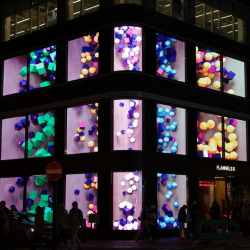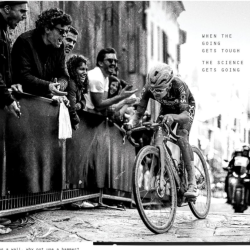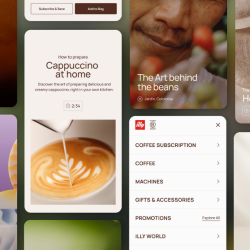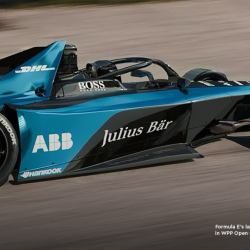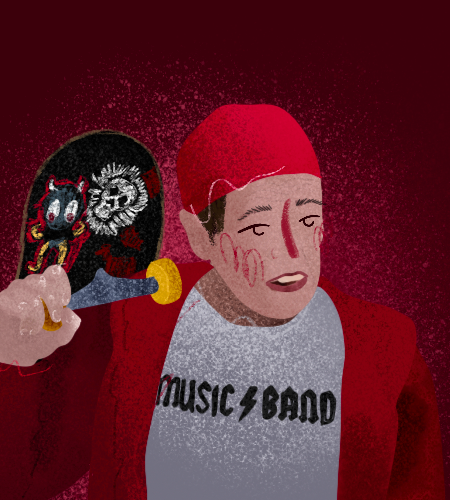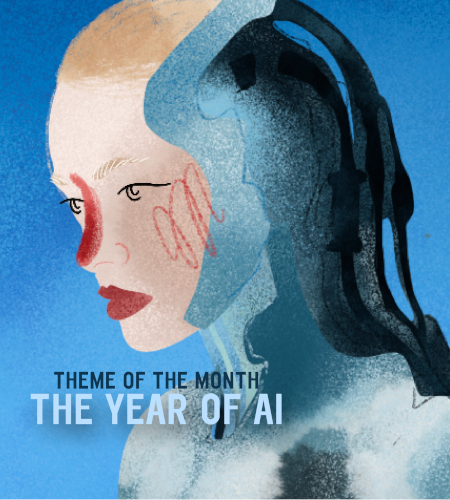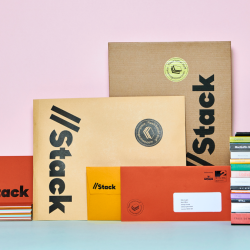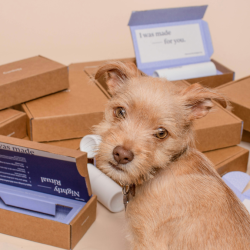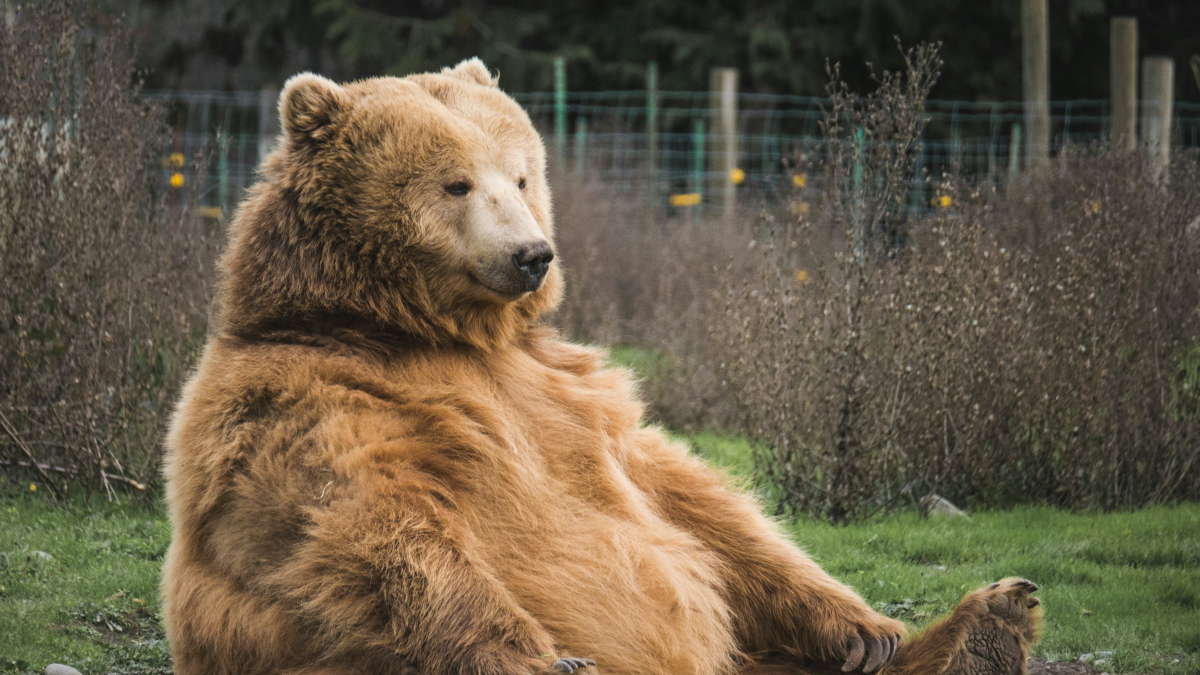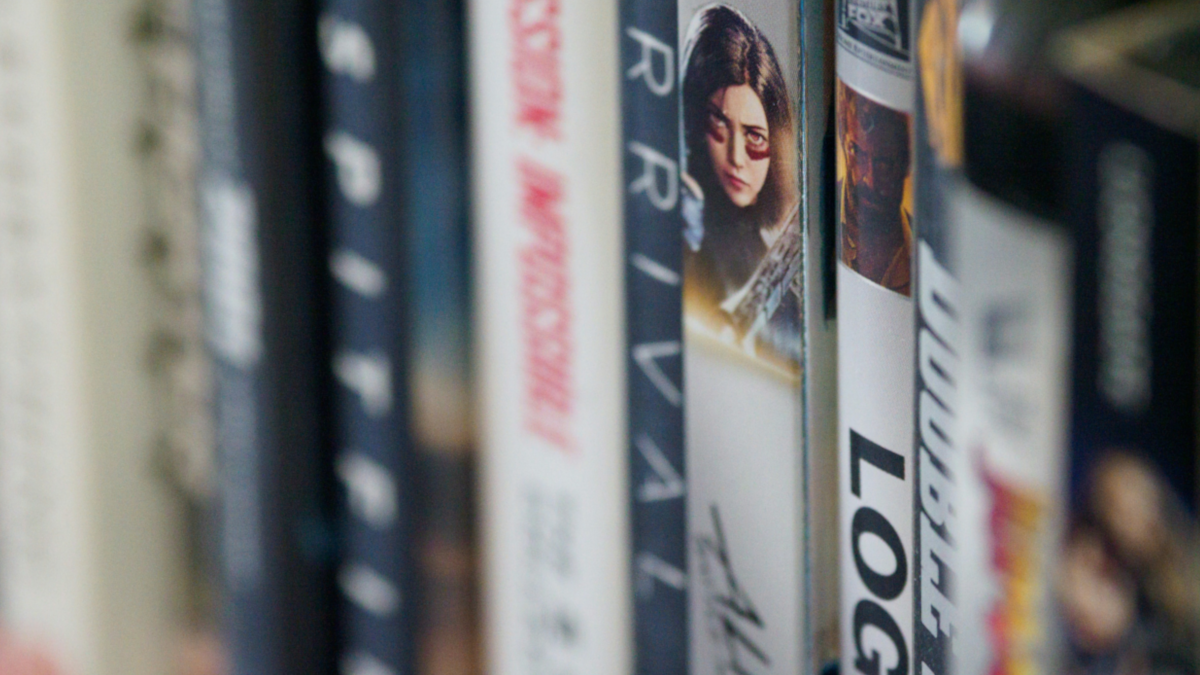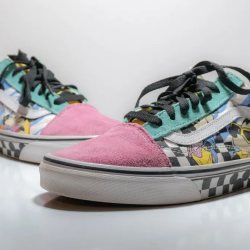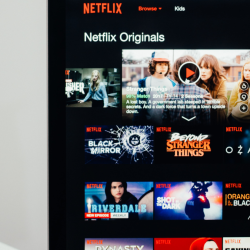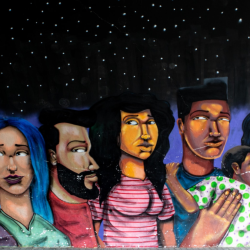Imagine stepping into a real-life Wonka factory. The sweet smell of fizzy pop tickling your nostrils as you hop on board a small, unsteady yellow boat at the start of a lazy river. The glee rising, heart pumping; you and your teenage mates are taken on a magical tour of a drinks laboratory! Big plastic characters with moustaches and silly hair dance robotically to strange, saccharine music. Like Disney on shrooms.
At the ride’s chaotic conclusion, strobe lighting meets water fountains. It’s a game of soak or be soaked. Whoever’s fastest can force their friends under the showers, holding them directly in the line of wet fire, their clothes becoming drenched.
If you’re a UK-based adult between the ages of 30 and 45, chances are you don’t have to imagine, because you bloody lived it. Professor Burp’s Bubbleworks was the original immersive experience; a landmark ride at Chessington World of Adventures. The highlight of my childhood. 32 million passengers experienced the magic.
In 2005, the Bubbleworks closed down for a few months to “undergo some essential maintenance work”. When it re-opened, the freaky factory had disappeared and in its place was a shower-themed ride, sponsored by Imperial Leather. You were taken, on a boat, through a variety of different bathrooms.
It was still called The Bubbleworks, but the magic was lost. Everybody was furious. The original creator, John Wardley, refused to even go on the new version, because it was such a corporate mess.
This was my first lesson in brands ruining things
It was almost as painful as my experience on the It’s a Small World ride at Disneyland Paris, twenty years ago. Which not only featured a number of dubious cultural stereotypes, it also had a sign at the end that read: “It’s a small world. But it’s even smaller with France Telecom.”
Sponsoring or creating a fairground ride used to be the ultimate stunt. It’s a fucking mood. The footfall is immense. LEGO managed to make a whole park work. But the problem with Imperial Leather and France Telecom’s efforts is that they were just
so
damn
literal.
Imagine throwing your brand at something huge, only to suck any kind of imagination and magic from it. Making a ‘small world’ even smaller, and loads worse.
I’ve been getting a lot of Imperial Leather vibes, lately. I recently had lunch with one of my former university students. She’s 19 and in her second year at Kingston. We were chatting about ads she’d seen, and stuff she liked. (I am AMAZING lunch company, by the way.) She said to me: “I don’t know what I like. So much marketing looks so desperate these days.” I’ve thought about that a lot.
Over the last 10 years the whole industry has become more literal and less imaginative
Remember when Ronseal’s “does exactly what it says on the tin” was considered irreverent, because it used advertising just to describe the product?
Digital did this to us. I say it all the time. The rise of tiny ad spaces and skippable advertising has inevitably made literalness desirable. Better to get people to BUY NOW than think for a while, right? There’s no time for saccharine factories and dancing robots on your average website. It’s BUY NOW BUY NOW BUY NOW.
Yet while advertising is splattered all over the internet, the marketer’s desire for big attention and column inches hasn’t waned, we work in an ego-fuelled industry after all. So we’ve seen a rise in, what I think my former student was referring to: stuntism.
Stuntism is a word I made up, and applies to the kind of attention-seeking unimaginative activity that is designed to get people talking but in reality, mostly gratifies the marketer. There’s a variety of stuntist techniques that have been embraced in recent years:
- Sailing something down the Thames
- A partnership with a really, really, really niche artist
- Curating a ‘room’ in shoreditch that has light displays and a DJ, with a theme like “serendipitise yourself.”
- Producing a digital object that’s bought or sold in a web3 space. Ugh.
- Basically anything that Burger King has done
- Aaaaaaand the web of lies that Brewdog was founded upon
In the desperation for attention, occasionally stuntism becomes exploitation, using an audience, rather than attracting it. One example is Adidas and their “grid of tits” that used numerous images of women’s naked breasts to promote its sports bras. Sending a message that all breasts are different — a fact that most of the world already knew — big posters of boobs were placed in out of home and social media, as everybody involved applauded themselves. Hard.
For most part, stuntism is the marketing equivalent of mooning
The mooner gets a thrill, but does the audience? It’s activity designed to boost the profile of the team working on it, and that’s pretty much it. Cannes is coming, so expect to see stuntism all over. A head of strategy at an agency I worked at once actually said: “let’s see what did well at Cannes last year and create a fake campaign around the same thing to win awards this year.” It’s what people do.
The PR stunt is as old as communications, and sometimes brands smash it. Ten years ago, Felix Baumgartner jumped out of a space rocket for Red Bull and spun through the stratosphere. Red Bull has long associated itself with and invested in extreme sports. It fit. Everyone in the world (not just Cannes) was watching.
For years afterwards, clients would ask me “what their space jump” was. I’d ask them how many millions they had. They’d offer me the £30k ‘innovation’ line on the media plan. With Red Bull as their north star, brand managers want a piece of the action, but really… they just want to be the action.
Why is this bad? Live and let stunt, right?
It’s bad because it reeks of desperation. A bunch of middle class creatives, perilously high on their own supply. What was the emotional response Adidas wanted to inspire with their grid of tits? Because the brand team’s emotional response was likely the human equivalent of the eyebrow-raised-smirking-face emoji.
Stuntism is inward facing and self-congratulatory, but it’s possible to change the game. Forecaster and futurologist Victoria Buchanan recently suggested that ‘awe’ will be the emotional state of the next decade, and the one marketers should be chasing and designing experiences for. There’s a great thread on that.
According to scientific research, feeling awe distorts with our sense of time; making in stand still. Awe is where it’s at. Bring back Professor Burp’s Bubbleworks, you cowards.
We need more magic for the masses. Many years ago, confused.com and Cake inspired a gorgeous amount of awe by bubble-wrapping an entire suburban street — the most accident-prone in the UK — overnight. The street residents awoke to what looked like a really shiny, safe, white Christmas. What I love about this is the insight, the planning, the fun, the genuine newsworthiness and the brilliant link to the brand. It’s possible!
‘Adding magic’ isn’t a big pop-up that gives you teeny samples you’re bound to lose on the way home. It’s not creating an average experience that people have to queue up for an hour to try. Doing stuff in Shoreditch isn’t even that cool, anymore. Real people are cool. Real life is cool! Try making something less literal that surprises, and bring real people along for the ride. It’s a small world, but it’s definitely bigger than your immediate marketing team.
Imperial Leather created something that impressed themselves, and in the process upset everybody else. Is your stuntism doing the same?
Featured image: Professor Burp’s Bubble Works / Chessington World of Adventures



